
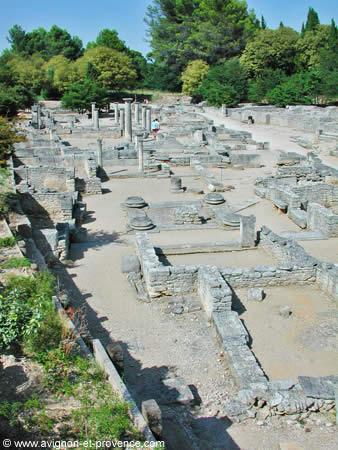
A bit of history about the Roman city of Glanum in St Remy de Provence
Traces of the earliest inhabitants date back to 2500 BC but it was only around 600 BC that the first Gallic tribes settled at the bottom of this valley on the northern face of the Alpilles mountain range, near an important spring used since prehistoric times.
In the 2nd century BC, the Celto-Ligurian tribe of the Salyens built around the sacred and healing spring a prosperous city imbued with hellenistic influences brought by the Greeks (Phocaeans) who had advanced inland from Marseille.
Its importance attracted the attention of the Romans who took over Glanum, named after the Gallic god Glan, and promoted it to the status of Oppidum Latinum in the beginning of the Common Era. Under the Roman Empire, the city erected many of its monuments: the forum, the temples, the baths and the theatres but it still remained, above all, a religious sanctuary around the sacred spring.
Glanum succumbed to the barbarian invasions and was destroyed in 260 AD.
The surviving population left Glanum to go live in the small neighbouring city situated less than one kilometre away on the plains to the north, the city that would become St Remy de Provence.
Glanum and the Antiques
The Triumphal Arch and the Jules Mausoleum, today commonly called “The Antiques”, were for a longtime the only visible vestiges of Roman Antiquity in St Remy de Provence. These monuments, which figure amongst the most well-known left by the Roman civilisation in Provence, marked the entrance to the city of Glanum.
Jules Mausoleum
This funerary monument dates from 30-20 BC. It was built by the Julii, a big family belonging to the native elite, in honour of their father and grandfather. Particularly well conserved, it owes its eminence to its unique structure, different from much of the Roman architecture known today: a rectangular with four magnificently sculpted sides surmounted by a double-entry triumphal arch on which was built a small round temple with columns and a pyramidal roof housing effigies of the two people to whom this exceptional monument is dedicated.
The Triumphal Arch
Dating from around 20 AD, it had quickly lost its pediment and the present-day roof dates from the 18th century. It is adorned with very beautiful bas-reliefs illustrating the conquest of Gaul by Caesar. The fruits and foliage, symbols of abundance, elude to the benefits of the Pax Romana.
Glanum
Upon the initiative of Pierre de Brun, then Henri Rolland, the first excavations began in 1921, a colossal undertaking that brought to light the city of Glanum as we see it today, standing across from the Antiques.
You can still see the big monuments which characterized the cities of the Roman Empire, set out along a central street,.
The smaller, upper zone covers the Sanctuary around the Sacred Spring and its shrines, such as the ones devoted to Hercules and to Valetudo, the goddess of health. The monumental centre with the Forum, the Curia and the temples is in the middle zone. You then arrive at the residential quarter that includes the baths, the rich villas such as the House of Antes and the House of Cybele and Attis and the shops. Only a small part of the city has been uncovered. The site, managed by the society of National Monuments, is still being excavated by the Institute for Research in Ancient Architecture.
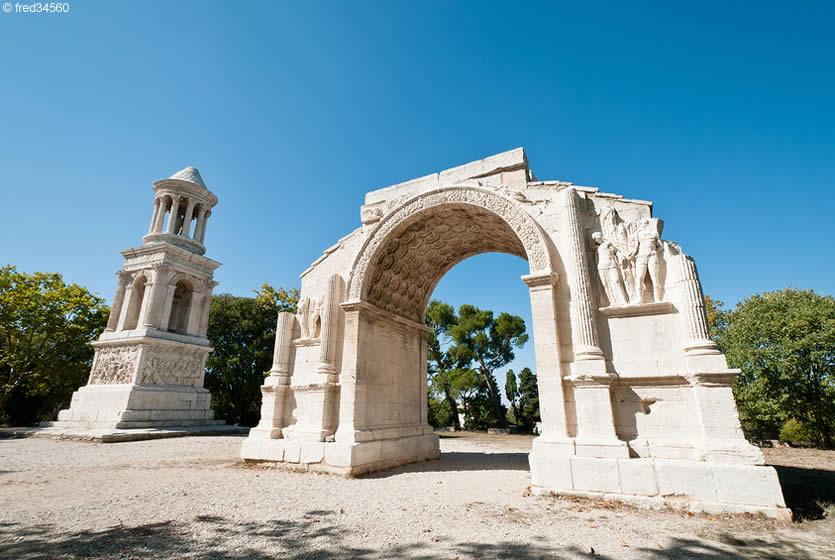
The Antiquities in Saint Rémy de Provence
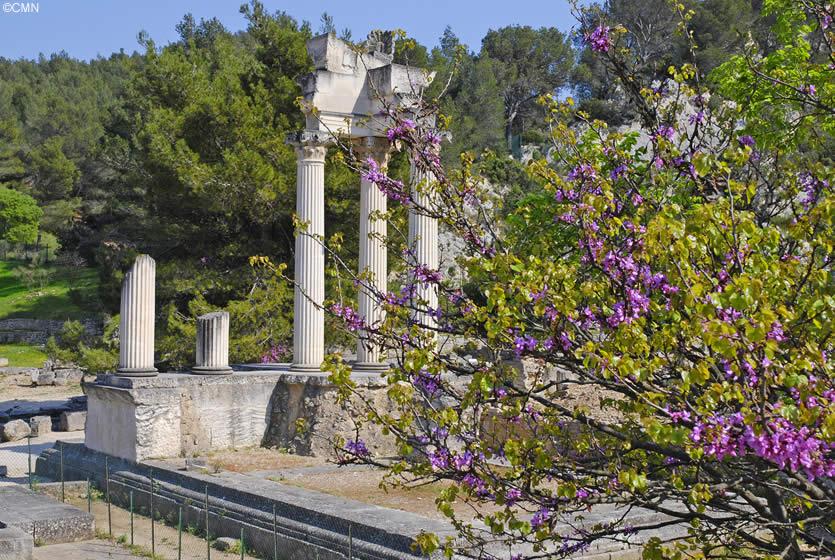
The ancient Roman site of Glanum in Saint-Rémy de Provence
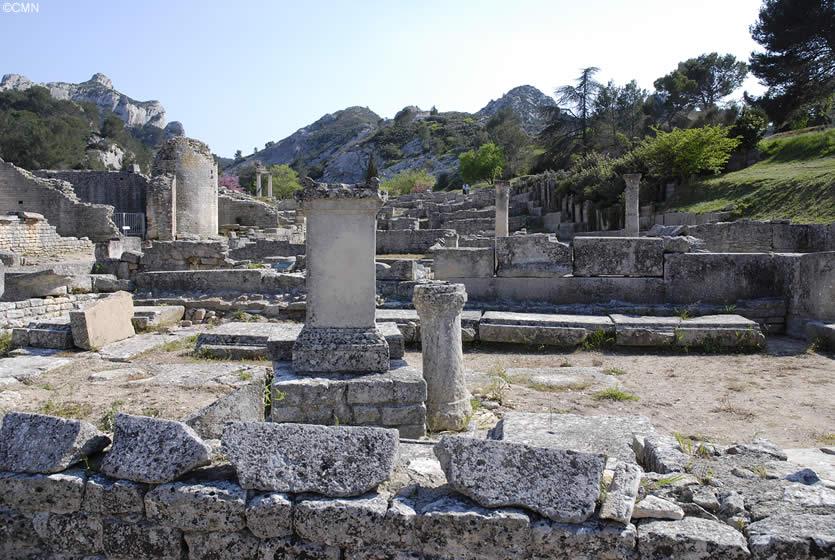
Archaeological digs at the site of Glanum
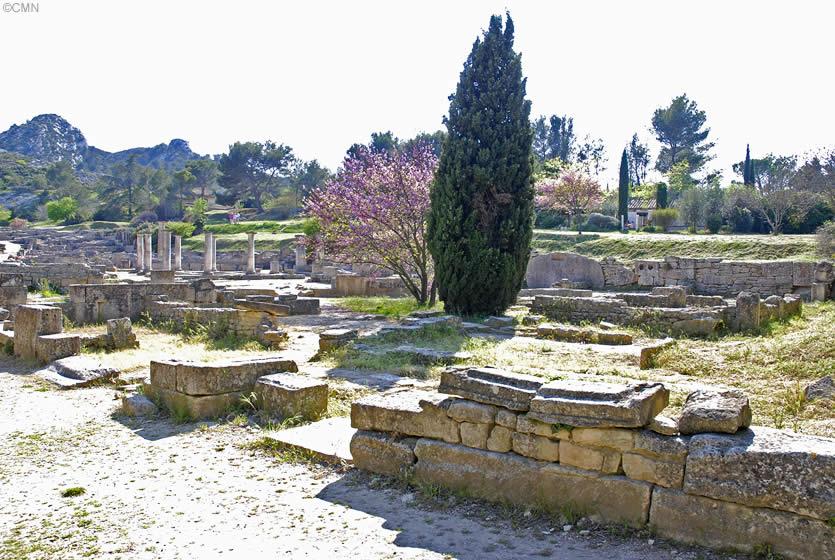
Vestiges from Antiquity in Glanum, Saint Rémy
Site archéologique de Glanum - Route des Baux-de-Provence - 13210 Saint-Rémy-de-Provence
+33 (0)4 90 92 23 79
http://glanum.monuments-nationaux.frWhere to sleep?